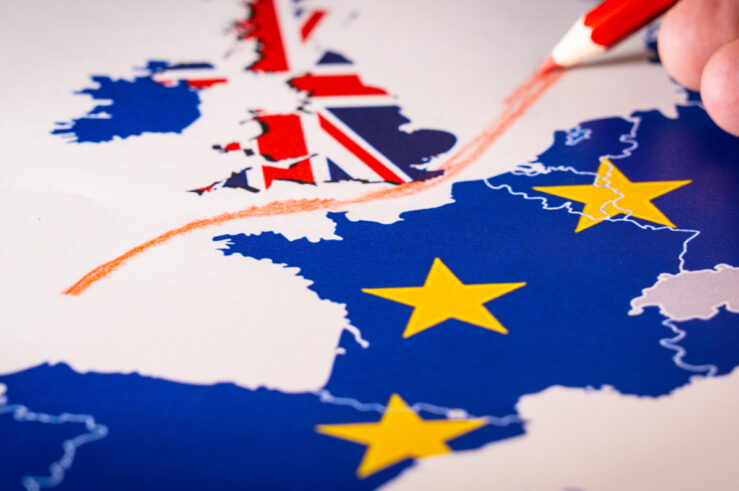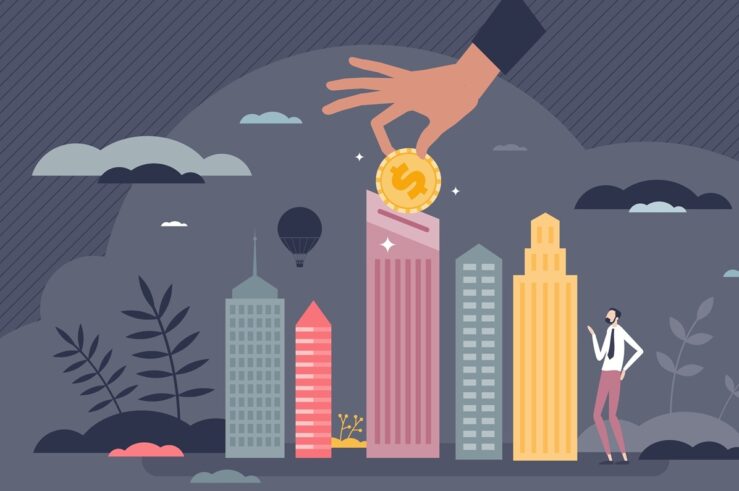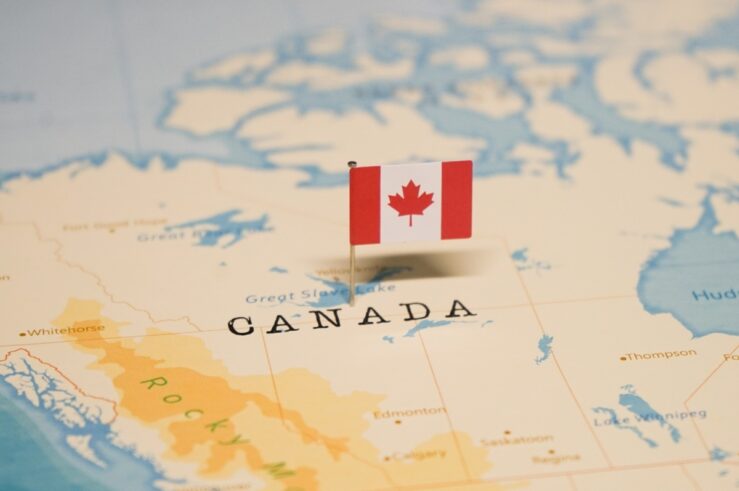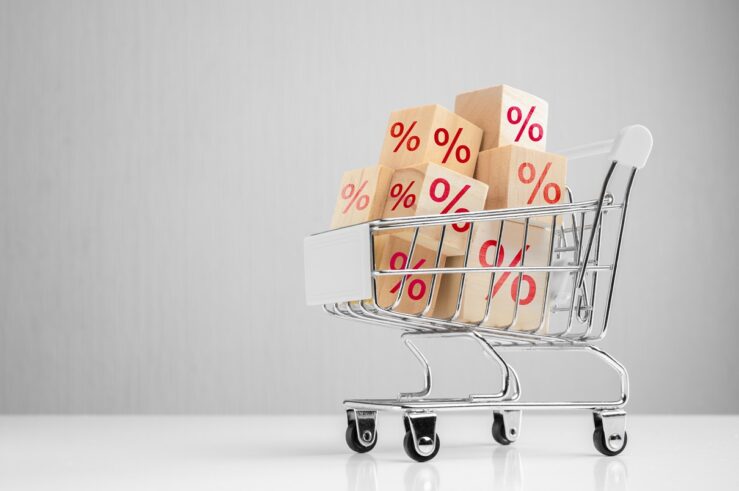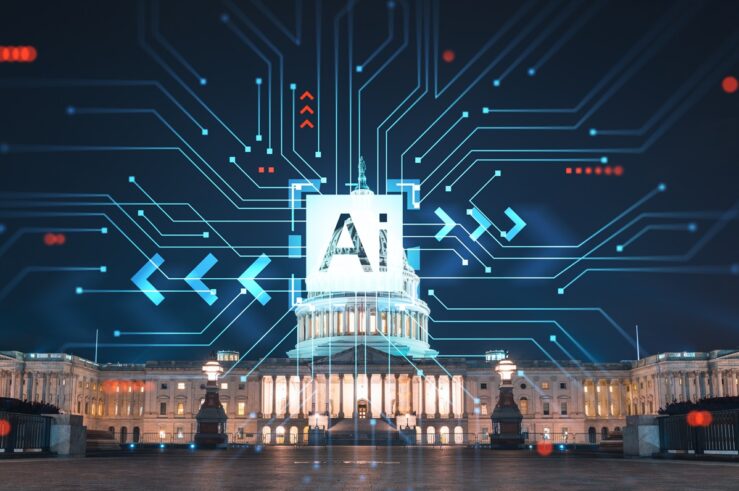Showing results for: “price gouging”
A Positive Agenda for Digital-Competition Enforcement
Reasonable people may disagree about their merits, but digital-competition regulations are now the law of the land in many jurisdictions, including the EU and the UK. Policymakers in those jurisdictions will thus need to successfully navigate heretofore uncharted waters in order to implement these regulations reasonably. In recent comments that we submitted to the UK’s ... A Positive Agenda for Digital-Competition Enforcement
The WGA’s Misguided Fears: Unpacking the Myths of Media Consolidation in the Streaming Era
While last year’s labor disputes between the Writers Guild of America (WGA) and the Screen Actors Guild (SAG-AFTRA), on the one hand, and Hollywood’s major movie and television studios, on the other, have been settled for months now, lingering questions remain about competitive conditions in the industry. In a recent submission to the California Law ... The WGA’s Misguided Fears: Unpacking the Myths of Media Consolidation in the Streaming Era
Reports of the Current FTC’s Intellectual Integrity Have Been Greatly Exaggerated
The Federal Trade Commission (FTC) has released its long-awaited report on pharmacy benefit managers (PBMs) as an “interim staff report.” And it’s yet another staff report that doesn’t name the relevant staff. On the one hand, it does contain some useful information on industry developments. On the other, it’s just not very good—at all. With ... Reports of the Current FTC’s Intellectual Integrity Have Been Greatly Exaggerated
The View from the United Kingdom: A TOTM Q&A with John Fingleton
What is the UK doing in the field of digital-market regulation, and what do you think it is achieving? There are probably four areas to consider. The first is that the UK’s jurisdiction on mergers increased with Brexit. The UK is not subject to the same turnover threshold as under European law, and this enables ... The View from the United Kingdom: A TOTM Q&A with John Fingleton
FTC Alumni Response to FTC/DOJ RFI on Serial Acquisitions
As former antitrust enforcers and alumni of the Federal Trade Commission (FTC), we are pleased to submit these comments to the FTC and U.S. Justice Department’s (DOJ) Antitrust Division (DOJ) in response to your Request for Information on Corporate Consolidation Through Serial Acquisitions and Roll-Up Strategies (RFI). We have devoted significant portions of our careers ... FTC Alumni Response to FTC/DOJ RFI on Serial Acquisitions
The View from Canada: A TOTM Q&A with Aaron Wudrick
Aaron, could you please tell us a bit about your background and how you became interested in competition law and digital-competition regulation? I’m a lawyer by profession, but have taken a somewhat unconventional career path—I started as a litigator in a small general practice in my hometown outside Toronto, moved on to corporate law with ... The View from Canada: A TOTM Q&A with Aaron Wudrick
The Waiting Game: Noncompetes, Google, Roll-Ups, and More
I’ll start with a bit of half-empty, half-full (and very partial) resolution in Federal Trade Commission (FTC) publicity. Losing by Winning or Just Losing or . . . ? A couple of weeks ago, the Wall Street Journal editorial board announced that: “Another Lina Khan Theory Loses in Court” And that was right, up to ... The Waiting Game: Noncompetes, Google, Roll-Ups, and More
Will the FTC Reinvigorate an Antiquated Law that Raises Prices?
The Federal Trade Commission (FTC) and Congress are showing renewed interest in a Great Depression-era law, the Robinson-Patman Act, that discourages sales discounts. This is bad news for hard-strapped American consumers, who have had to cope with prices that have risen more than 20% since February 2020. As such, reinvigorated enforcement of the RPA, a ... Will the FTC Reinvigorate an Antiquated Law that Raises Prices?
Should the Federal Government Regulate Artificial Intelligence?
Artificial intelligence is in the public-policy spotlight. In October 2023, the Biden administration issued its Presidential Executive Order on AI, which directed federal agencies to cooperate in protecting the public from potential AI-related harms. President Joe Biden said in his March 2024 State of the Union Address that government enforcers will crack down on the ... Should the Federal Government Regulate Artificial Intelligence?
Live Nation Breakup: Are Mergers Really to Blame for Ticketmaster’s Problems?
The U.S. Justice Department (DOJ) announced yesterday that it has filed suit, along with 29 states and the District of Columbia, charging Live Nation Entertainment Inc. and its subsidiary Ticketmaster LLC with monopolizing the live-events industry in violation of Section 2 of the Sherman Act. The suit, filed in the U.S. District Court for the ... Live Nation Breakup: Are Mergers Really to Blame for Ticketmaster’s Problems?
How Should We Measure Competition?
Competition is the driving force behind the success of markets. It’s hard to imagine a thriving market economy without the presence of competitive forces. But how do we actually measure competition? I use the term all the time, but do we actually have a measure of it? This question is more complex than it may ... How Should We Measure Competition?
The FTC Office of Patent Invalidation
The Federal Trade Commission (FTC) announced late last month that it had “expanded its campaign against pharmaceutical manufacturers’ improper or inaccurate listing of patents in the Food and Drug Administration’s (FDA) Orange Book, disputing junk patent listings for diabetes, weight loss, asthma, and COPD drugs, including Novo Nordisk Inc.’s blockbuster weight-loss drug, Ozempic.” Warning letters ... The FTC Office of Patent Invalidation



